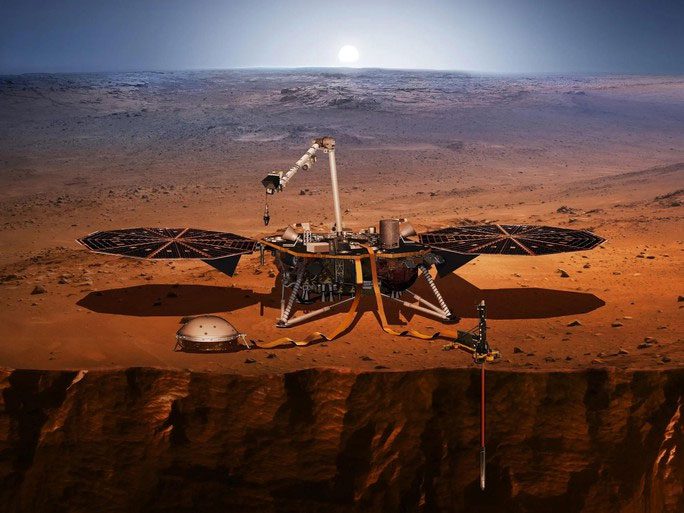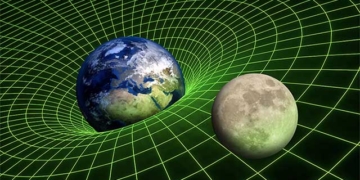Before being rendered inactive by “dust devils,” NASA’s InSight robot made a groundbreaking discovery on Earth’s neighboring planet.
A recent study published in NASA’s Geophysical Research journal examined the strongest earthquake recorded during the four years of InSight’s operation, which is NASA’s Mars lander acting as a seismic probe.
This was a magnitude 4.7 earthquake (Moment magnitude scale), which is equivalent to several moderate earthquakes on Earth that can cause buildings to shake.

NASA’s InSight warrior – (Photo: NASA).
While this may seem normal on Earth, it is astonishing on another planet, which was once thought to have a solid crust and no geological activity.
According to Science Alert, this data has provided estimates of the global crust thickness of Mars, as well as insights into how the planet generates heat from within.
“From this earthquake, we observed surface waves surrounding Mars up to three times,” said seismologist Doyeon Kim from the Institute of Geophysics at ETH Zurich (Switzerland).
Combining data on previous earthquakes, gravitational data, and Mars’ topography, they estimate the average thickness of the planet’s global crust to be between 42-56 km, significantly thicker than Earth’s crust (averaging 24 km) or the Moon (34-43 km).
The thinnest part of Mars’ crust is about 20 km, located in the Hellas impact basin, while the thickest reaches up to 90 km in the Tharsis volcanic plateau. The crust in the southern hemisphere extends deeper than in the northern hemisphere, helping scientists understand how the planet’s crust has evolved.
Many radioactive elements that generate heat through decay, including uranium, thorium, and potassium, have also been found in the crust and mantle, explaining the localized melting points within Mars.
These factors contribute to a significant conclusion: Mars may still exhibit geological activity today.
Geological activity is a crucial factor for a planet’s habitability, as it helps stabilize the environment, climate, and provides the necessary chemical exchanges for planetary cycles that trigger initial life-generating reactions and sustain life.
Mars is the planet that NASA focuses on the most in its quest for life, deploying numerous robots to search for evidence of ancient life—or, hopefully, something more recent—such as Curiosity and Perseverance.
This new discovery brings them a great deal of hope.




















































